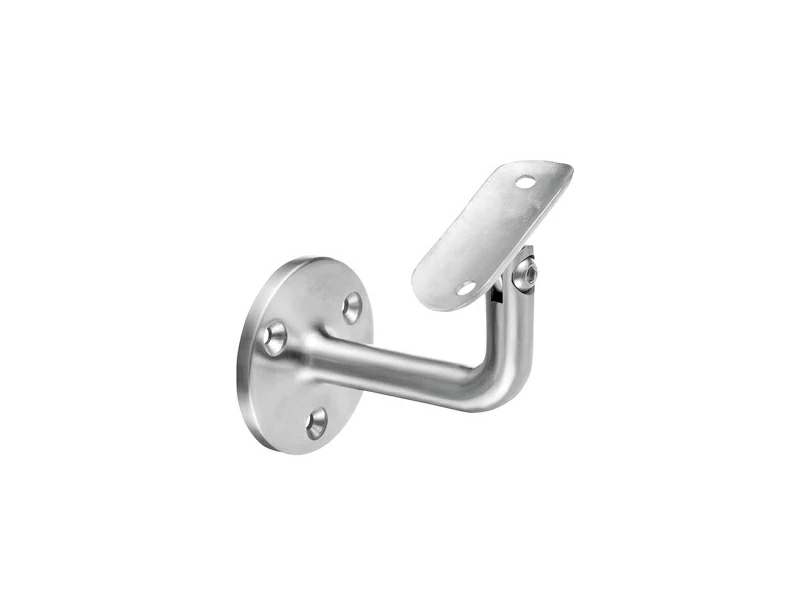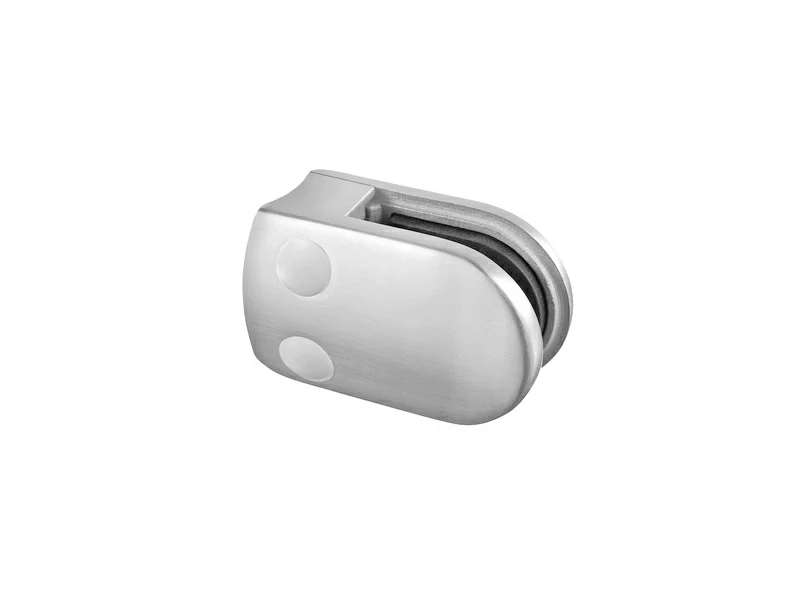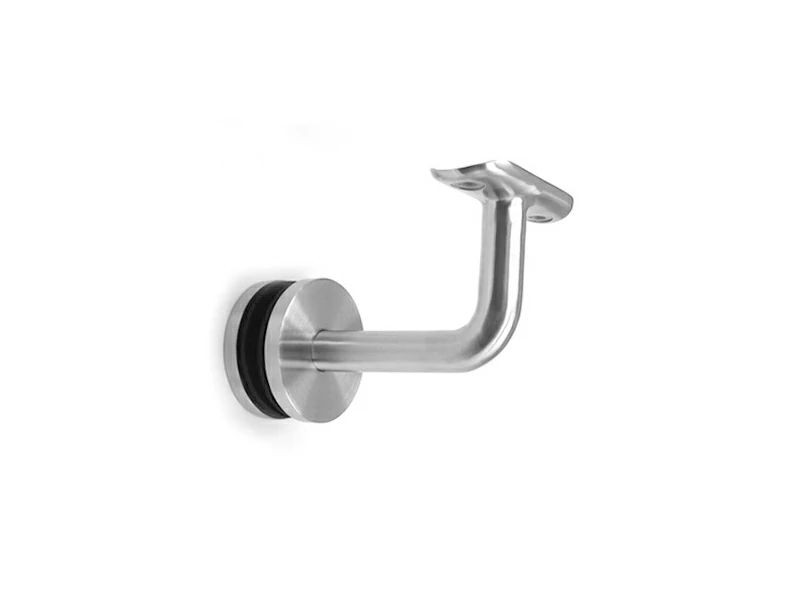Framed glass railing systems combine the sleek, modern aesthetic of glass with the strength and stability of a solid frame, offering both visual appeal and robust safety. These versatile systems are commonly used in balconies, staircases, decks, and terraces, providing unobstructed views while maintaining high safety standards. Whether for residential or commercial properties, framed glass railings are an ideal choice for creating open, airy spaces without sacrificing security.
What is a Framed Glass Railing System?
A framed glass railing system consists of glass panels securely held within a frame made from durable materials like stainless steel, aluminum, or wood. These systems are engineered for both strength and style, with glass often being tempered or laminated for added safety and durability. The frame structure can be designed in various styles and orientations, from vertical posts to horizontal rails, to suit different architectural needs.
Key Benefits of Framed Glass Railing Systems
Choosing a framed glass railing system brings a multitude of advantages:
Exceptional Durability & Safety: High-quality frames paired with tempered or laminated glass ensure these railing systems are built to last and withstand various weather conditions, making them suitable for both indoor and outdoor use. In the rare event of breakage, safety glass shatters into small, blunt pieces, significantly reducing injury risk. The frame provides crucial structural support, making it a robust choice for even high-traffic areas.
Sleek Aesthetic Appeal: These glass railing solutions offer a sleek, elegant, and modern look that can instantly elevate any space, complementing diverse architectural styles. The frame can also be custom-finished to perfectly match your decor.
Unobstructed Views & Natural Light: Despite having a frame, these systems allow for significantly clearer views compared to traditional picket or spindle railings. This design maximizes natural light and creates an open, expansive feel.
Versatility in Design: Framed glass railings are incredibly versatile, available in various styles and materials to be customized according to specific design visions and functional needs.
Low Maintenance: Glass railings are simple to clean with a mild cleaner, and unlike wood or some metal systems, they don't require painting, staining, or refinishing. They also resist the elements well, especially with metal frames.
Wind Protection: The solid glass panels can act as a natural windbreak, adding comfort to outdoor areas like balconies and decks.
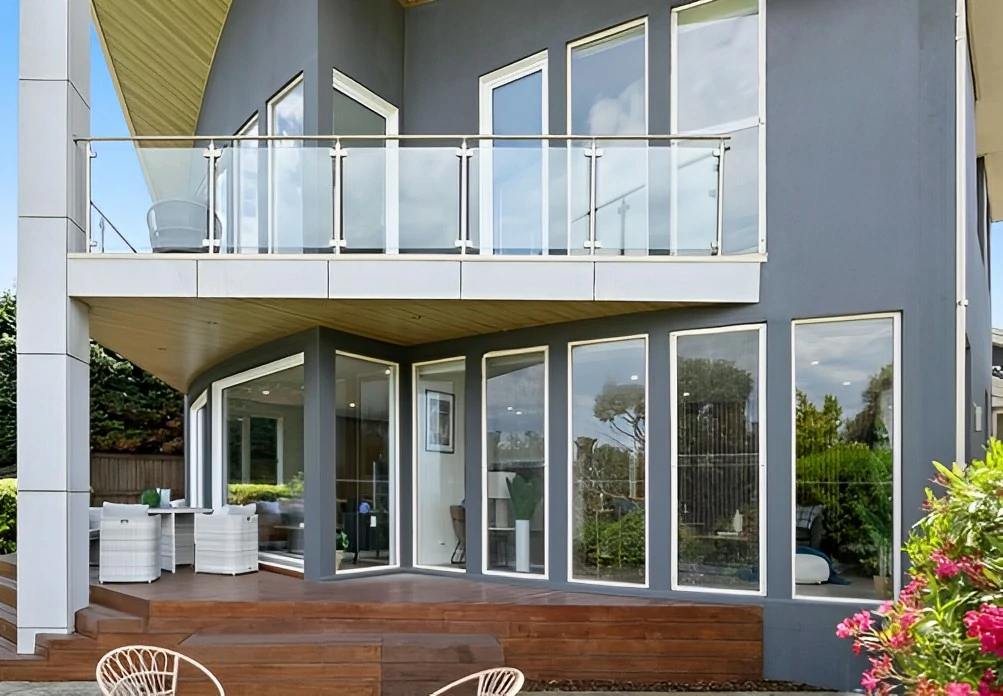
Types of Framed Glass Railing Systems
Post and Rail Framed Glass Railing
The most traditional style, where glass panels are inserted into vertical posts. A top rail often provides added support. Ideal for applications that require a more robust structure, such as staircases or areas with higher traffic.
Fully Framed Glass Railings
Glass is completely enclosed within a frame, offering a more enclosed and refined look. This system is suitable for areas where you want the modern aesthetic of glass but with more frame visibility.
Glass Panels with Vertical Posts
In this minimalist design, glass panels are mounted between vertical posts with minimal visible hardware. It’s a perfect choice for contemporary homes or commercial buildings looking for a sleek, elegant solution.
Common Applications for Framed Glass Railing Systems
These adaptable railing systems are found in numerous settings:
Balconies and Terraces: They provide essential safety on balconies while preserving expansive views, making them ideal for outdoor living spaces.
Staircases: A popular choice for modern staircases, they ensure safety while maintaining an airy feel.
Pool Areas: Their weather resistance makes framed glass railings an excellent choice for pool fencing, combining safety with an unobstructed view of the water.
Commercial Buildings: In offices, restaurants, and retail spaces, these glass railing systems add a contemporary touch while providing critical safety and security.
Components of a Framed Glass Railing System
Glass Panels: Typically made of tempered or laminated glass, these provide strength and safety. Glass can be clear, frosted, or tinted to match your design preferences.
Frame/Posts: The frame supports the glass panels. Stainless steel, aluminum, or wood are commonly used materials. The posts can be oriented vertically or horizontally to suit the style of the space.
Top and Bottom Rails: Horizontal components that help secure the glass panels. These provide additional security and give the system a polished, finished appearance.
Mounting Hardware: Includes clips, brackets, and fasteners to securely attach the glass panels to the frame and anchor the railing to the surrounding structure.
Handrails (Optional/Required by Code): In certain areas, building codes may require a handrail for additional support and safety, particularly on staircases or higher railings.
Materials Used for Framed Glass Railing Systems
Stainless Steel: Known for its durability, resistance to corrosion, and low maintenance, stainless steel is the most common choice for framed glass railing systems, especially for outdoor areas like balconies or terraces.
Aluminum: Lightweight and corrosion-resistant, aluminum is an excellent choice for residential and less structurally demanding applications. It can also be powder-coated for added protection and aesthetics.
Wood: Wood is often used in interior spaces, such as staircases, for a warm, natural look. However, it requires more maintenance than metal options and may not be as durable for outdoor use.
Glass: The glass used is typically tempered or laminated for added safety and strength. Thickness and size vary depending on design requirements and building codes.
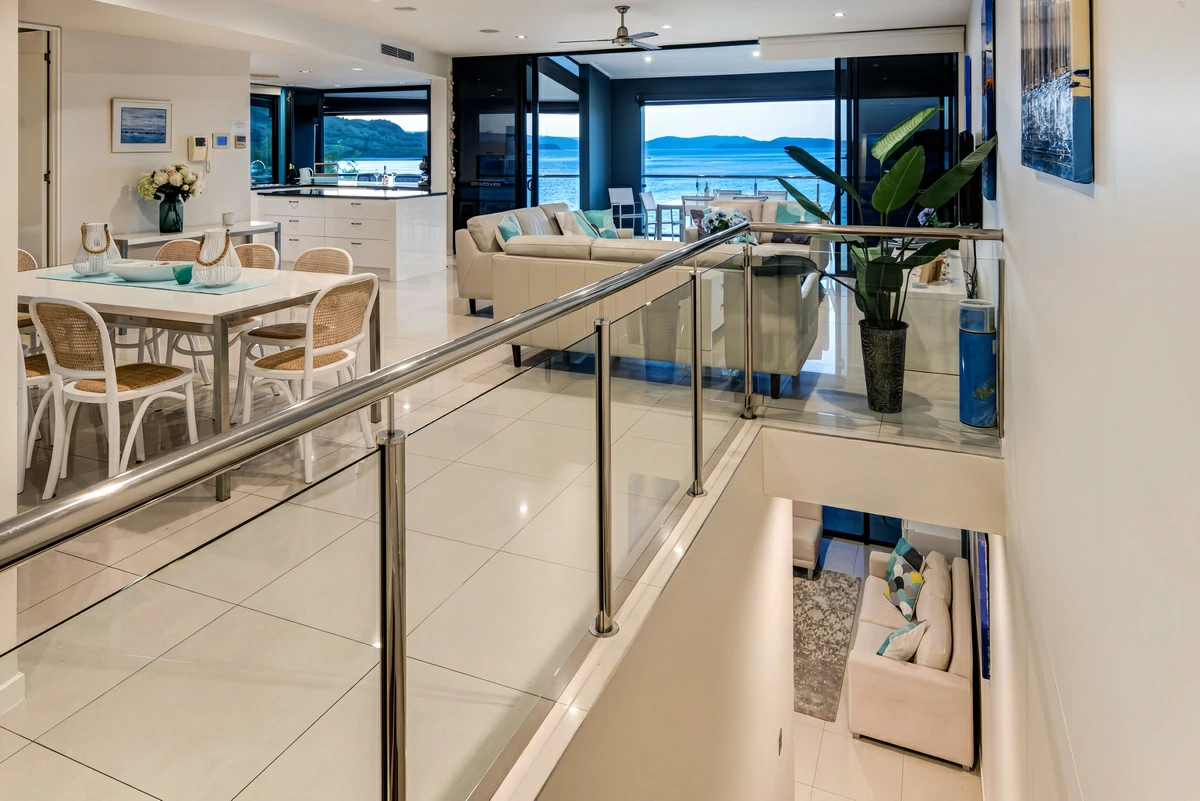
Installation and Maintenance Best Practices
For optimal safety and longevity, professional installation of framed glass railing systems is highly recommended. Precise measurements are vital, and adherence to local building codes for height, strength, and glass type is mandatory.
Maintenance is straightforward:
Clean Glass Regularly: Use a non-abrasive glass cleaner and a soft cloth to maintain clarity.
Inspect Periodically: Check for any loose fasteners, cracks in the glass, or frame damage, addressing issues promptly for continued safety.
Care for Frame Material: Depending on the material, frames may need occasional polishing or re-coating.
In conclusion, framed glass railing systems offer a perfect blend of style, safety, and durability for diverse applications, from balconies and staircases to commercial buildings. By making informed material choices, ensuring professional installation, and performing routine maintenance, you can enjoy the many benefits of these modern railing systems for years to come.
Whether you're looking to enhance the look of your property or create an open, safe space, framed glass railings provide the ideal solution.
